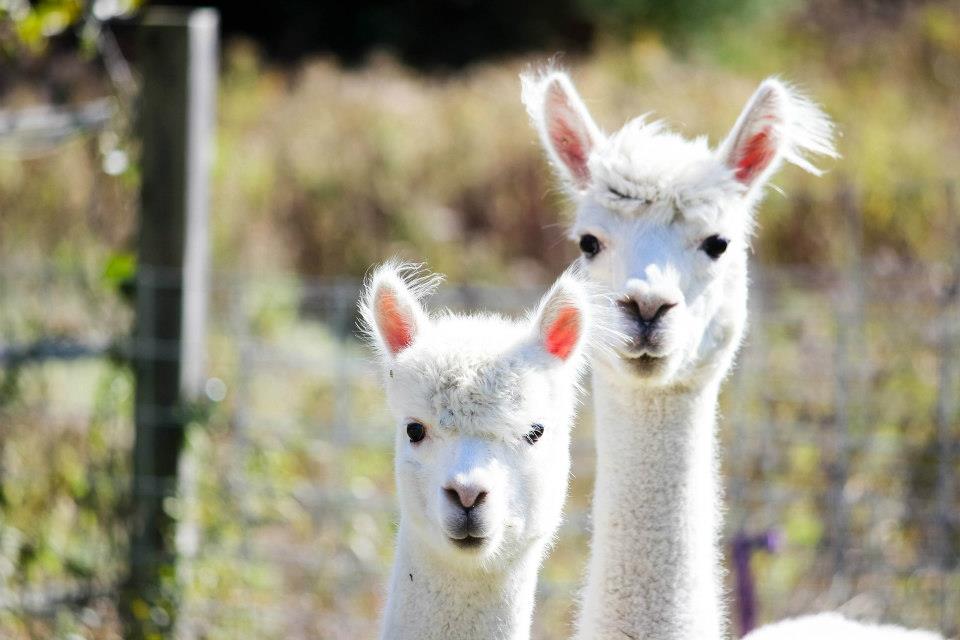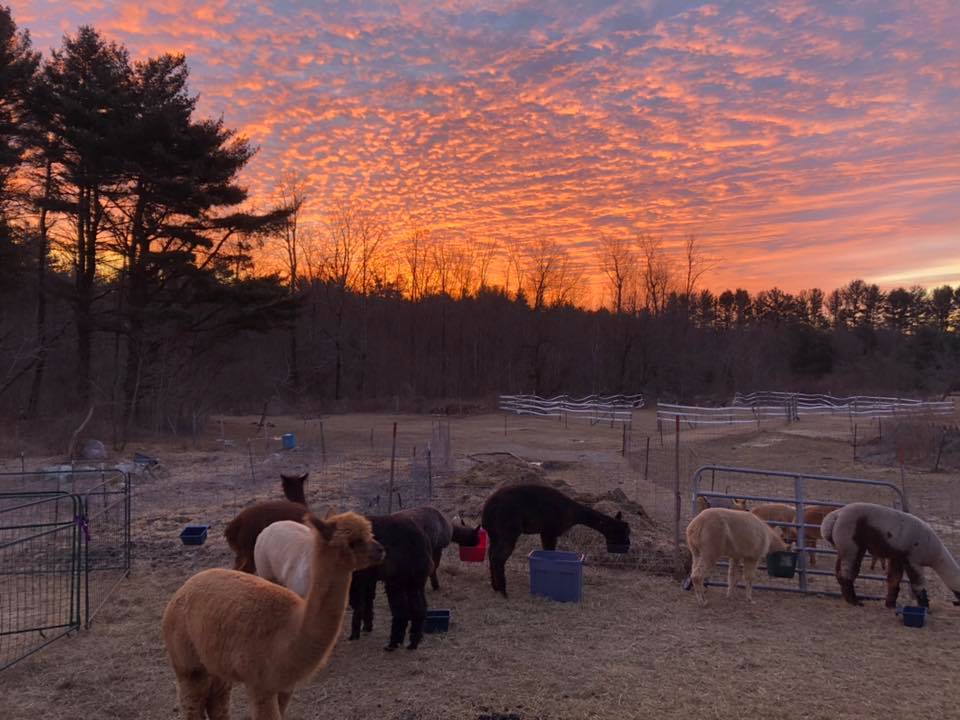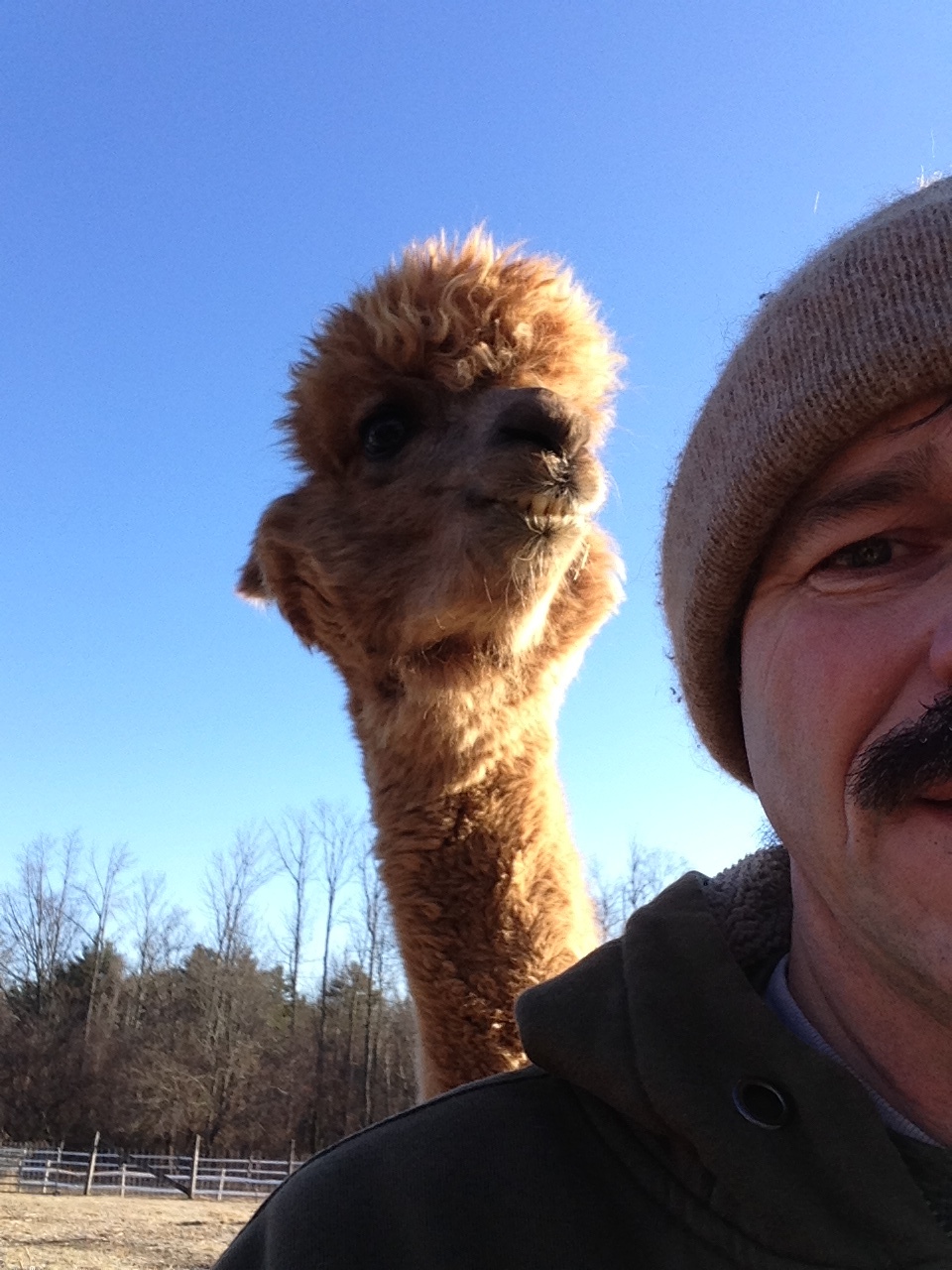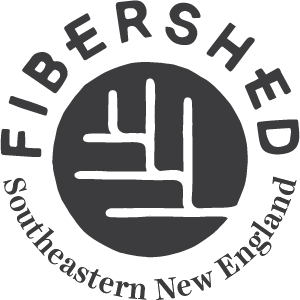
We are so thankful to Fibershed for giving us a grant to develop a carbon farming cohort in Southeastern New England. Our goal for this project is to strengthen the fiber farming community and encourage expansion in regeneratively-managed fiber animal grazing land in Southeastern New England by following Fibershed’s Climate Beneficial work.
The Southeastern New England Fibershed team began discussing the idea of creating a 7-farm Carbon Farming Cohort in our region inspired by Fibershed’s ongoing regenerative farming work. That vision took a step closer to reality when we were contacted by our key partner, Chris Riley of Golden Touch Alpaca Farm and the New England Alpaca Fiber Pool (NEAFP), who was interested in connecting with other local alpaca farmers to discuss Carbon Farming potential in their grazing and animal management systems.
We caught up with Plain View Alpaca Farm’s Keith Tetreault to talk more about his interest in carbon farming. Plain View Farm is a family-owned and operated alpaca farm owned by Keith and Debbie Tetreault located in Hubbardston, Massachusetts, not far from the city of Worcester (or the New Hampshire border).
How did you get started in the land of alpaca?
The first llama I ever met kissed me. There used to be a Llama Bazaar in Vermont. I went one year and as we were trying to navigate four kids and cars and llamas, I turned into a llama and. MWAAAH! I got kissed. So my kids grew up with dad saying he’s ‘gonna be a llama farma someday.’ About nine years ago there was an alpaca show at the DCU Center in Worcester. I closed the place both days. Roughly a year later we had ‘bought the farm’ and had our first four alpacas. Since Debbie said yes to the alpacas that next summer we were married in the back yard. Currently, we have 41 alpacas.

What is the biggest challenge to you in creating soil-rich pastures for your alpaca?
Some people would say we have too many alpacas for the amount of pasture we have. Over-grazing is the biggest challenge. Our property has some nice pastures and some wet areas which are not suitable for alpacas for grazing for many reasons. I have many ideas on what I would like to do to improve our soils for better grazing opportunities for our alpacas and also improve the overall natural health of our property.
Why were you interested in becoming part of this cohort?
The chance to “talk alpaca” with new people is always exciting to me. When we were asked to join the cohort I was excited to share and learn from all the people involved. What we do is not cookie cutter farming. What works for one person may not work for another but the sharing of knowledge works for all.

Keith Tetreault
Talk about how your knowledge of “carbon farming” has grown since the cohort began.
I have been interested in farming, gardening all my life. We have been vendors at NOFA with our alpaca products for quite a few years now. Through contacts there I have become familiar with carbon farming but not involved with it. I have taken a permaculture design course with Sowing Solutions which has led me to rethink some of my thoughts on what and how I do many things. For example the idea of not just grazing horizontally but vertically too with trees, shrubs, plants at my pasture edges. Since we started going to the meetings I have hired a permaculture design company called Regenerative Design Group to work with. I feel that between the cohort’s information and help plus the expertise of this group I will be able to put into practice techniques that will improve our property.
Read: Alpaca Carbon Farming Cohort Spotlight: KaveRock Alpaca Farm
